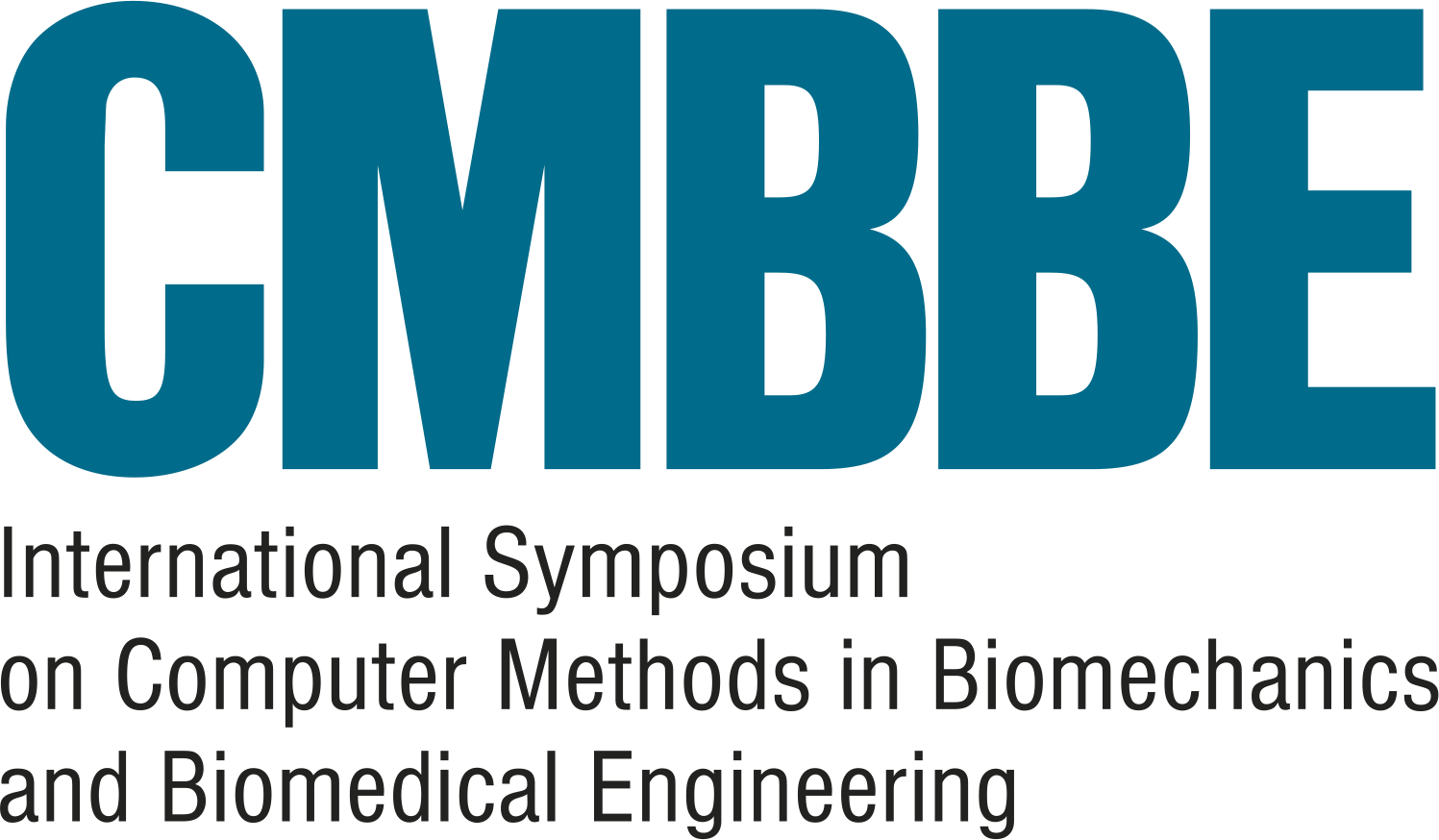The special sessions are a traditional element of the CMBBE Symposium programme and focus on new emerging research areas and developments in the field. They offer a combination of invited and other contributions from the general abstract submission on selected topics.
Advances in AI applications for Biomechanics, biomedical engineering and biomedical imaging
Sameh Talaat, Bonn University, Germany
Recently, there has been an explosion of interest in Artificial Intelligence (AI) applications in health, biomedical engineering, biomedical imaging and biomedicine. AI has affected all disciplines, including biomechanics, signal processing, medical imaging and in the design and development of prosthetics, exoskeletons, robotics, diagnostic applications, and imaging equipment.
This special session is devoted to advances in AI based biomedical research and development, including modern modeling approaches, and implementation progresses and techniques, delivering the highest value to the health practitioners and researchers in the biomedical, biomedical engineering and biomedical imaging fields.
Advances in brain mechanics
Philip Bayly, Washington University in St. Louis, United States
Increasing evidence confirms that mechanics plays a critical role for brain function and dysfunction. In recent years, computational mechanics has emerged as a powerful tool to study and predict the behavior of the human brain under both physiological and pathological conditions. Yet, important challenges remain unresolved, which has hindered realistic and reliable numerical predictions. Brain tissue is ultra-soft, biphasic, and highly heterogeneous. In addition, it continuously changes its microstructural composition and architecture, as well as its mechanical properties in close relation to evolving brain function. Living brain cells actively sense and respond to their mechanical environment, leading to sophisticated coupling effects. Considering these highly dynamic effects will be critical to refine existing brain models and achieve personalized simulations of brain injury, disease or surgical procedures.
This special session will cover recent advances in brain mechanics, including novel experimental and modeling approaches, computational solid and fluid mechanics, and data-driven modeling, targeted toward personalized simulations that will provide value to the clinical community.
Bioengineering in the fight against COVID-19
The coronavirus disease 2019 (COVID-19) pandemic has claimed the life of more than a million people worldwide and is an unprecedented burden to the global society and economy and to national health systems. Bioengineering efforts are ongoing to find cure, develop treatment technologies, invent rapid and cost-effective diagnostic tests and to protect healthcare workers and the general public from infection through improvement of personal protective equipment. The many complications of COVID-19 also require development of preventative technologies to protect patients from deterioration. This session will review these efforts from multiple angles.
Cardiovascular growth and remodeling
Chairs: Sandra Loerakker, Eindhoven University of Technology, Netherlands
Tommaso Ristori, Eindhoven University of Technology, Netherlands
Cardiovascular tissues grow and remodel in response to a wide range of chemo-mechanical stimuli. Computational models and imaging techniques play a key role in characterizing these processes and unraveling the underlying mechanisms. This session will provide a platform to present and discuss the latest advancements in these two complementary aspects of this rapidly advancing and exciting field.
Computational analysis of the bone-implant interface
Chairs: Philippe Zysset, University of Bern, Switzerland;
Harry van Lenthe, University of Leuven, Belgium
This session will focus on computer methods applied to the study of primary stability of dental and orthopaedic implants. Talks will address topics ranging from bone preparation, press-fit, micro-motions, bone plasticity/damage and remodelling. Statistical shape modeling, meshing, material mapping, loading and implicit versus explicit finite element formulations will be discussed. This session will be highlighted by a keynote presentation from Prof. Mark Taylor (Flinders University) and invited talks by Prof. Dieter Pahr (TU-Wien and Karl Landsteiner University) and Dr. Marzieh Ovesy (ETH Zurich).
Computational challenges in analyzing pediatric musculoskeletal medical imaging
Chairs: Antonis Stylianou, University of Missouri – Columbia, USA; Tinashe Mutsvangwa, University of Cape Town, South Africa
Pediatric medical imaging provides crucial diagnostic and decision-making support to healthcare professionals in the management of neuromusculoskeletal disorders. While medical image acquisition, analysis, and synthesis has made tremendous progress, it has hit roadblocks when applied to pediatric imaging due to inherent challenges presented by pediatric anatomy. These include, but are not limited to, the scarcity of imaging databases across pediatric populations, image registration problems due to the growing musculoskeletal structures, unavailability of bone density maps, preclusion of follow-up imaging due to concerns about ionizing radiation, and lack of cadaveric studies to correctly understand the anatomical structure and variation. In general, analysis in pediatric MSK imagining has not kept pace with technological advancements that tend to focus on adult structures.
The overall goal of this special session is to cover recent computational advances in medical image processing and synthesis that leverage emerging technologies in the fields of machine learning, artificial intelligence, data-driven statistical modeling, multi-body and finite-element modeling, musculoskeletal biomechanics, motion analysis, clinical sciences, and biostatistics.
Dental biomechanics
Chairs: Christoph Bourauel, University of Bonn, Germany
Ludger Keilig, University of Bonn, Germany
This session broadly focuses on biomechanical investigations as related to dental research and dentistry, including dental implants, orthodontics, and natural tooth mechanics. It covers a significant field of research within engineering and biomedicine in general. The session will encompass the following topics: Hard and soft tissue mechanics; Mechanical behaviors of dental materials, including alloys, polymer and ceramics; Computer methods on dental biomechanics; Imaging and image processing for dental research and clinical practice.
Mathematical modelling and simulation of tumours
Chairs: José Antonio Sanz-Herrera, University of Seville, Spain; José María Benítez, Technical University of Madrid, Spain; Jacobo Ayensa, University of Zaragoza, Spain
Cancer is one of the main causes of death in western countries. There are several reasons which difficult the finding of an efficient treatment to defeat this disease. One of these reasons is the multifactorial, highly dynamic and nonlinear nature of the evolution and progression of tumours. On the other hand, novel mathematical tools and computer capabilities may add some light in the discovery of new tumour cells’ mechanisms as well as to simulate the time effect of a certain drug in malignant cells. This special session will cover recent advances on mathematical cancer biology including, although not restricted to, advanced simulation approaches, as well as new modeling strategies based on data science and artificial intelligence amongst others, with application to different types of tumours.
Multi-physics modelling
Chairs: Paola Lecca, Faculty of Computer Science
Free University of Bozen-Bolzano, Italy
Angela Re, Fondazione Istituto Italiano di Tecnologia, Centre for Sustainable Future Technologies, Turin, Italy
Technology, a product of the human mind trained by mathematical principles, is advancing faster than ever and is profoundly shaping how we live, interact, and experience the world. Digitalization, robotics and multi-physics process engineering drive the global demand for innovation and efficient process development from the earliest possible design stages. These trends drive a large variety of applications, including but not limited to biomedical and life sciences technology, autonomous manufacturing, multi-robot systems, industrial chemistry, energy and environmental science.
This special issue focus on the recent development of multi-physics modeling and numerical simulation approaches with special attention towards applications in mechanobiology, biomechanics, biomedical engineering, industrial microbiology, analytical control and automation technology, computer-aided engineering, virtual prototyping, and analysis of composite structures for multi-agent systems.
Necessity and importance of high-performance computing to address the scalability issue of biomedical-related computational studies
Chairs: Mojtaba Barzegari and Liesbet Geris, Department of Mechanical Engineering, KU Leuven, Leuven, Belgium
The use of computational modelling in medical-related studies has risen exponentially in recent years, and more reliable developed models are being released each year for various sub-fields of this domain. Several hurdles exist to accelerate the uptake of said models into clinical practice. Currently, much effort is put into establishing model credibility, through verification and validation, and regulatory context of the simulation predictions. Another hurdle, having received less attention thus far, is that of scalability of the developed codes and models to benefit from rapidly growing computing power and advancements in hardware resources. As demonstrated by a few international biomedical computational modelling and simulation-oriented initiatives like CompBioMed, similar to other fields, having scalable models that use the available computing resources more efficiently allows constructing of more comprehensive models that capture more realistic phenomena, leading to more accurate simulations and predictions. Taking advantage of high-performance computing (HPC) techniques can help the field to move towards more reliable and accurate computational models for personalized medicine.
Numerical models of mechanobiology
Chairs: Ulrich Simon, Scientific Computing Centre, University of Ulm, Germany
Numerical Models describing biological processes depending on mechanical signals are increasingly used in research. Some models are trying to describe the complex time dependent coupling of such biological processes with the non-constant behavior of smart or degradable implants. Some other models might even be close to jump to a clinical usage.
This special session will focus on recent developments in the simulation of fracture healing at tissue level. It covers all kinds of time dependent reactions such as healing, remodeling, maturation, ingrowth, degradation, and differentiation of biological tissues and involved implant materials.
Optimal control of human movement
Chairs: Benjamin Michaud and Mickael Begon, École de Kinésiologie et des Sciences de l’Activité Physique (ÉKSAP), Faculté de Médecine, Université de Montréal, Canada
As a result of the development of the computing power of computers and to the release of efficient optimization software, optimal control has recently gained in popularity in many research fields. In the field of biomechanics, thanks to its versatility, optimal control was successfully used in gait analysis, orthotics and prosthetics design, sport, and even performing arts. It is a powerful tool used to synthesize human movements, to predict innovative techniques, to track recorded motion, and so on. This special session will cover the most recent advances in optimal control in biomechanics, from the stand point of software development to clinical applications.
Tools for quantifying cell mechanics
Chairs: Hans Van Oosterwyck and Mar Condor, University of Leuven, Belgium
The importance of cell mechanics has long been recognized for cell fate and function. However, the analysis of how cells sense and respond to mechanical forces has been limited by the availability of techniques that can measure these forces in living cells while simultaneously measuring changes in cell and molecular activity. To confront this challenge new engineering methods combined with computational models have been developed in the last years to measure and manipulate the mechanical properties of cells as well as their internal cytoskeletal and nucleus.
In this session we will provide a space to present and discuss the latest advancements in the development of new tools for quantifying cell mechanics, including some of the most relevant ones such as traction force microscopy techniques.
When biomechanics meets medical imaging for cardiac assessment
Organised by Société de Biomécanique
Chairs: Valérie Deplano, IRPHE, Marseille, France; Damien Garcia, CREATIS, Lyon, France
Biomechanics and medical imaging can go hand in hand to help the clinician make a more accurate diagnosis. A brief overview will be given on recent methodologies related to the evaluation of cardiac function. Beyond a simple visual tool, it will be exemplified how medical imaging can also be a biomechanical instrument.

Application of machine learning in modeling organs and tissues
Applications of numerical modelling in medical device design and development
Augmented/virtual reality for clinical intervention
Cardiac modelling
Cerebral flow (blood flow, interstitial flow, cerebrospinal flow, computation and imaging)
Chair: Shigeo Wada, Osaka University, Japan
Computational models in women’s health
Chair: Kristin Meyers, Columbia University, USA
Computer methods for epidemic management
Chair: Paolo Di Giamberardino, Sapienza University of Rome, Italy; Daniela Iacoviello, Università degli Studi di Roma ‘La Sapienza’, Italy
Image-based patient-specific modelling
Chair: Richard Lopata, Eidhoven University of Technology, The Netherland
Image processing toward more realistic patient-specific biomechanical modelling and device design
Chair: Joao Tavares, University of Porto, Portugal
Inteligent rehabilitation technologies
Chairs: Fong-Chin Su, National Cheng Kung University, Taiwan; Hirokazu Kato, Nara Institute of Science and Technology, Ikoma, Japan
Modelling heart valve function
Chair: Michael S. Sacks, The University of Texas at Austin, USA
Recent progress in continuum bone modelling
Chairs: Areti Papastavrou, Technische Hochschule Nürnberg, Germany; Paul Steinmann, University of Toronto, Canada
Reconstruction algorithms on medical imaging
Chairs: Jun Zhao and Yuan Feng, Shanghai Jiao Tong University, China

